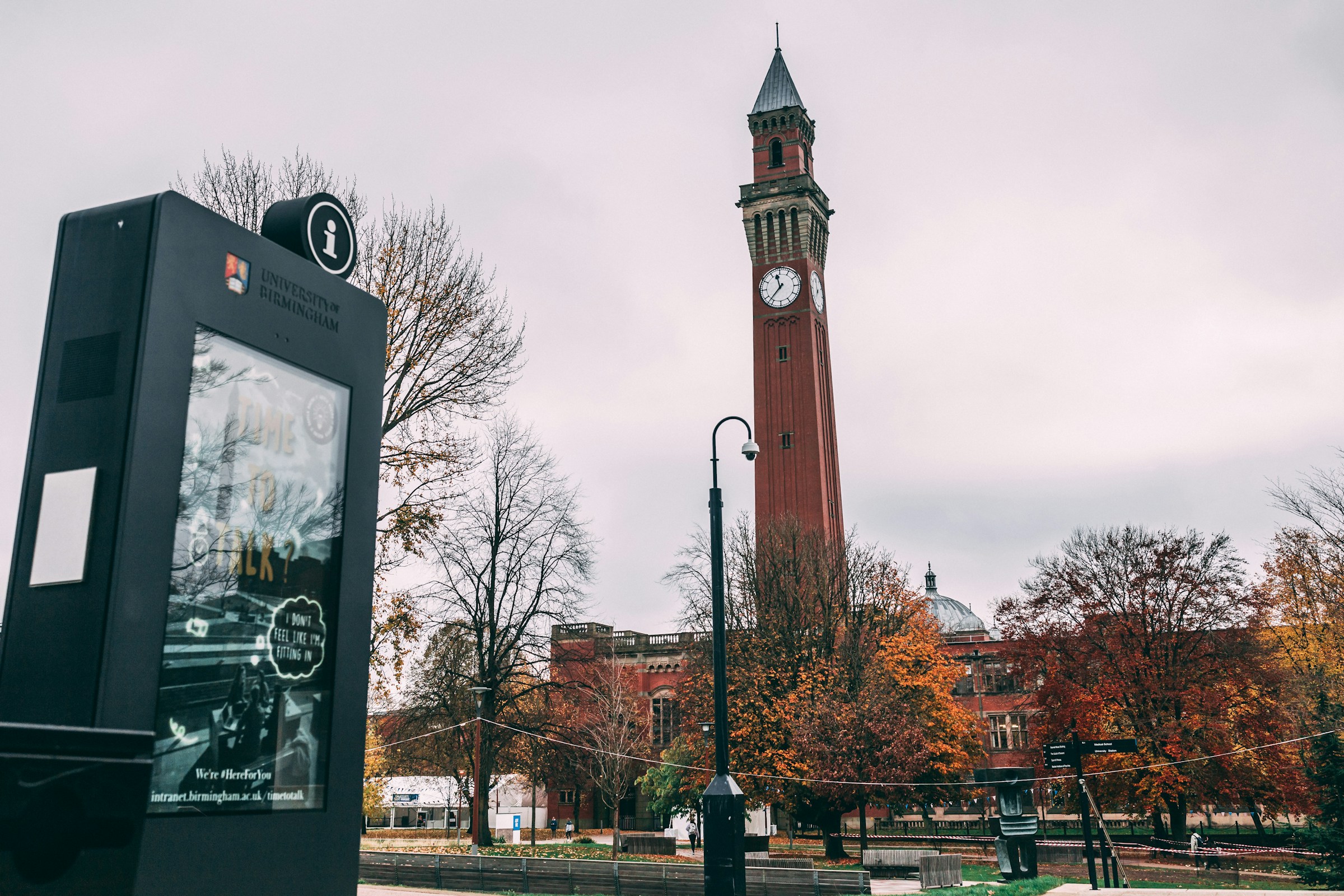
Comment Writer Rachel Joseph details the history of University House, University of Birmingham in celebration of International Women’s Day
On March 8th, we mark International Women’s Day, and it is important to reflect on the pioneering efforts that have transformed women’s experiences in higher education.
The University of Birmingham’s University House symbolizes the institution’s early and ongoing dedication to women’s education. Established in 1904 as one of the first female-only halls of residence in the United Kingdom, University House provided a space for women to thrive intellectually and socially, setting a precedent for gender equality in university life.
“…Women account for 56.4% of the student population at the University of Birmingham
When the University of Birmingham obtained its Royal Charter from Queen Victoria in 1900, it was one of the first institutions outside of London that welcomed female students. Recognising the need for a supportive residential environment, a committee led by Alice Beale took the step of creating University House in 1904. The house quickly became a hub for female students from diverse academic backgrounds, having 10 members by the end of the academic year.
By 1906, the growing demand for women’s housing generated a fundraising campaign led by leading figures such as Neville Chamberlain and Charlotte Chamberlain. A mansion on Edgbaston Park Road was established as a result of their efforts and substantial gifts from important Birmingham families such as Emmeline Cadbury. This purpose-built building, designed by architect Herbert Buckland, was officially opened in 1908 to provide a permanent residence for female university students, namely University House.
Margery Fry
Margery Fry, the first warden of University House, had a crucial role in the institution’s history. Margery, an advocate for women’s education, fostered a strong sense of community among the residents while also encouraging intellectual and cultural development.
Margery provided a wide range of creative and literary activities, ensuring that the women of University House received a comprehensive education. Beyond her placement at University House, Margery Fry emerged as an icon in social reform. Her work extended to prison reform, humanitarian aid during World War I, and the advancement of women in the judiciary, becoming one of Britain’s first female magistrates in 1921.
Her unwavering commitment to social justice and equality makes her a fitting figure to celebrate on International Women’s Day.
A Lasting Impact
University House remained a dedicated space for female students until 1964 when it became one of the UK’s first mixed-gender halls of residence. Its time as student housing came to an end in 2002, and it was re-established as the Birmingham Business School in 2004.
“Margery Fry emerged as an icon in social reform
Today, as we reflect on the university’s history, it is apparent that University House played an important role in breaking down boundaries and cultivating an inclusive environment. Currently, women account for 56.4% of the student population at the University of Birmingham, demonstrating the progress accomplished since the early days of University House.
This International Women’s Day, as we celebrate the accomplishments of women around the world, we also recognise the foundational contributions of University House and its residents who set the path for future academics.
Read more from Comment:
Escaping the Sudanese War: A Journey of Survival and Displacement
Comments